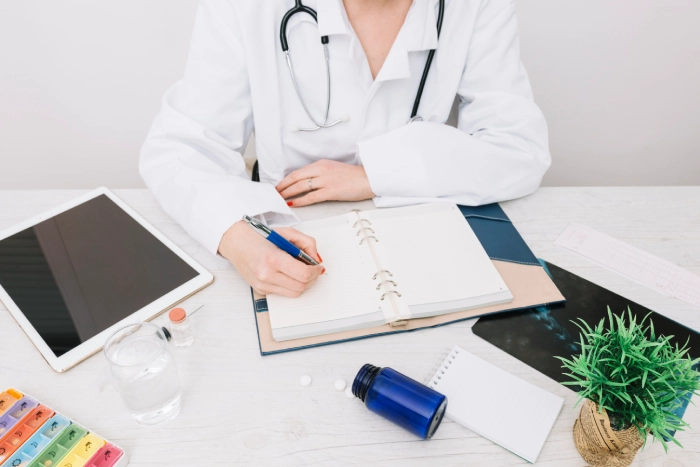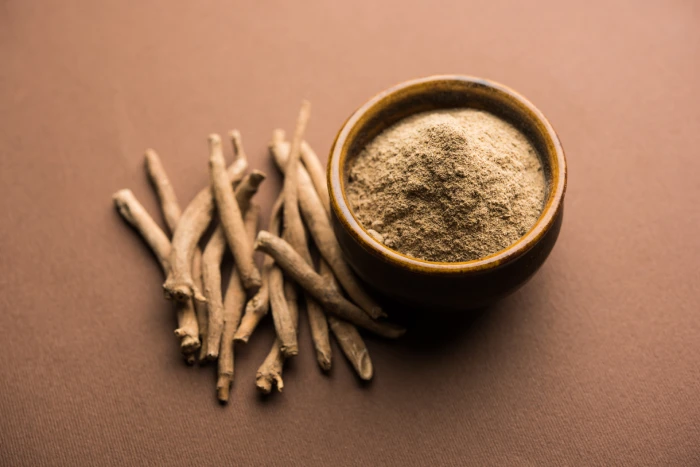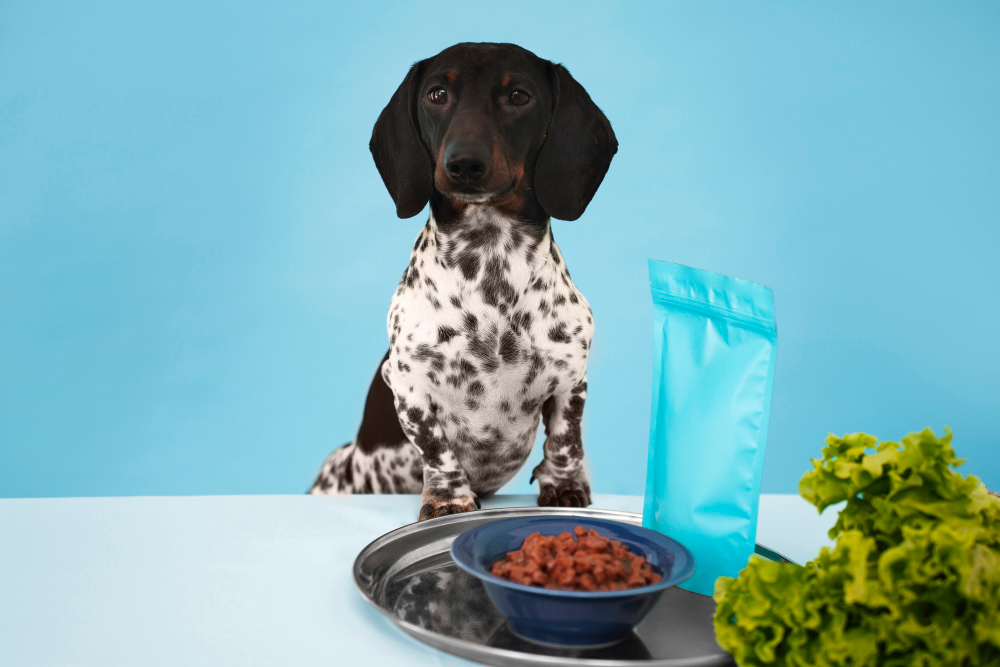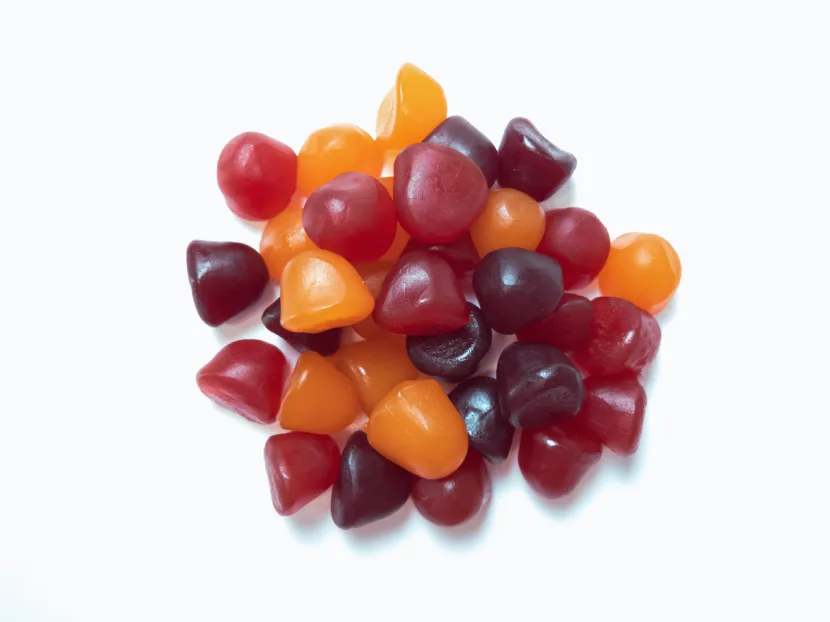A comprehensive study on the protective effects of JP1, combining silkworm pupae hydrolysate, holy basil, and ginger for improving post-stroke cognitive function.
Despite the growing recognition of post-stroke cognitive impairment (PSCI) as a significant condition, current treatment options remain limited in their effectiveness. Since oxidative stress and inflammation are key targets in stroke therapy, the aim of this study was to evaluate the protective effects of an orodispersible film containing silkworm pupae hydrolysate combined with extracts of holy basil and ginger (JP1). Both holy basil and ginger are known for their antioxidant and anti-inflammatory properties.
Male Wistar rats (200–250 g) were administered varying doses of JP1—1, 10, and 100 mg/kg body weight—45 minutes before being subjected to 6 hours of immobilization stress for 14 days. Following this, the right middle cerebral artery was permanently occluded (MCAO), and JP1 was continued for 21 days after the stroke. The effects on spatial and non-spatial memory, along with potential underlying mechanisms, were explored.
The findings revealed that JP1 improved oxidative stress, inflammation, apoptosis, Erk signaling, cholinergic function, and supported the growth of beneficial bacteria, such as Lactobacillus and Bifidobacterium spp., in feces. These results suggest that JP1 may offer a therapeutic benefit for PSCI, likely through these mechanisms. Additionally, serum corticosterone levels were reduced. Overall, the study suggests that JP1 holds promise as a potential candidate for mitigating PSCI following a stroke combined with stress. However, further research is required to clarify the specific active ingredients and their detailed mechanisms of action.
Commentary by YourDailyFit columnist Alice Winters:

This study introduces an intriguing potential therapeutic approach for post-stroke cognitive impairment (PSCI), utilizing an orodispersible film containing silkworm pupae hydrolysate and extracts of holy basil and ginger (JP1). The rationale behind this combination seems sound given the established antioxidant and anti-inflammatory properties of holy basil and ginger. Both ingredients have shown promise in preclinical and clinical research for mitigating various neurodegenerative conditions, with their effects on oxidative stress and inflammation being particularly relevant in the context of stroke recovery.
The study’s experimental design is robust, employing a standard animal model (Wistar rats) and relevant stroke protocols (middle cerebral artery occlusion, or MCAO), which mimic human ischemic stroke. By administering JP1 before and after stroke-induced stress, the researchers sought to capture both acute and chronic effects of the treatment. This methodology is notable for its focus on not only cognitive outcomes, such as memory and spatial awareness, but also the biochemical and microbiological mechanisms underlying stroke-induced cognitive decline. The inclusion of assessments like oxidative stress markers, inflammation, apoptosis, and cholinergic function provides a well-rounded view of the potential impact of JP1 on the pathophysiology of PSCI.
A critical strength of the study is its multidimensional approach. The observation that JP1 influences both brain health and gut microbiota is noteworthy. Increasing evidence links gut health with brain function, especially in conditions involving cognitive decline, suggesting that the positive impact on bacteria like Lactobacillus and Bifidobacterium spp. could be a vital part of the therapeutic action. Moreover, the reduction in serum corticosterone—an indicator of stress response—supports the hypothesis that JP1 might also mitigate the psychological stress commonly associated with stroke recovery.
However, despite these promising results, several caveats must be considered. The study, while comprehensive, does not clarify which of the ingredients within JP1 is most responsible for the observed effects. While the combination of silkworm pupae hydrolysate, holy basil, and ginger is appealing due to their synergistic potential, the exact mechanism of action remains speculative. Further research focusing on isolating the active compounds within these ingredients and their individual contributions would strengthen the case for JP1 as a therapeutic agent.
Additionally, the study’s animal model, while appropriate, does not fully reflect the complexity of human stroke recovery. The use of male Wistar rats, for example, raises questions about whether the findings would be replicated in human subjects, especially considering sex and age-related differences in stroke recovery and cognitive impairment. Clinical trials are essential to confirm the translational potential of this formulation.
The formulation itself—an orodispersible film—also warrants some consideration. This delivery method is advantageous for patients who have difficulty swallowing pills or tablets, but the long-term stability, cost-effectiveness, and palatability of such a product remain to be evaluated. Moreover, the potential for side effects, especially given the use of multiple bioactive compounds, should not be overlooked.
In conclusion, JP1 appears to show considerable promise in addressing post-stroke cognitive impairment. However, its real-world applicability will depend on future studies that clarify the active ingredients, their mechanisms, and potential side effects. If these factors are addressed, JP1 could represent an innovative, multi-targeted approach to improving stroke recovery and cognitive function.



